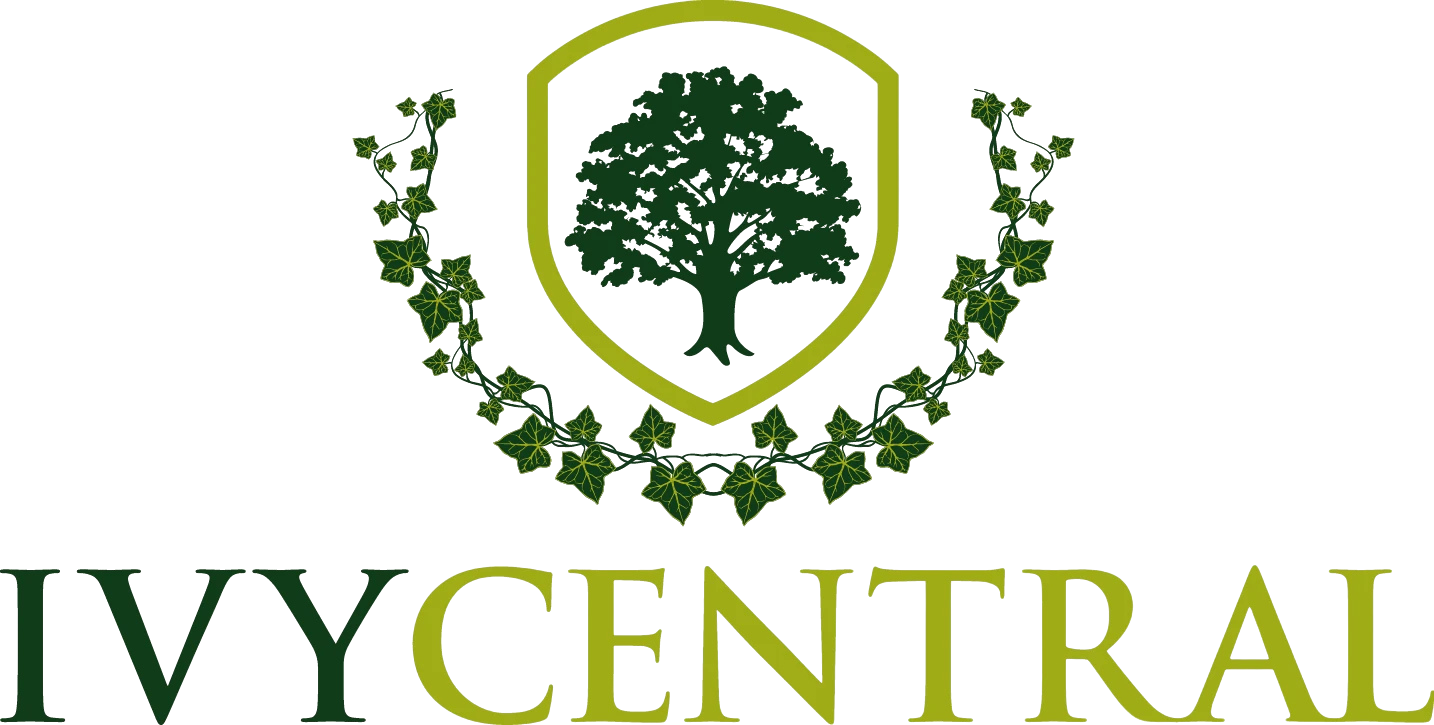2025 Higher Education Trends
The U.S. higher education landscape is undergoing significant transformations. Declining enrollments, financial constraints, and urgency to adapt to technological advancements are the challenges faced by Institutions. Deloitte’s recent report, “2025 Higher Education Trends,” provides valuable insights into these developments. Using the research findings, this blog explores the key factors shaping this sector and what they mean for students, educators, and institutions alike.
Increasing Financial Instability
In one of our previous blogs, we wrote about how mounting financial pressures facing U.S. colleges and universities are intensifying at an alarming rate. According to the National Center for Education Statistics 2023, enrollments in colleges fell by 15 percent from 2010 to 2021. Continuing the decline, in 2023, nearly four of the 14 universities in the prestigious Big Ten Conference reported significant operating deficits, indicating how well-established institutions can be affected by fiscal strain. In 2024, the situation became even more alarming with one college per week announcing either a closure or a merger since the beginning of the year. By the end of 2024, at least 20 colleges had shut down, with more expected to follow suit after the academic year concludes. 80 Colleges are Closing Down in the Next Five Years | Ivy Central
Nearly half of college and university presidents recently surveyed by Inside Higher Ed said their institution has too many academic programs and that some needed to close. This necessitates adopting “strategic budgeting practices in higher education” which will enable in institutions to make better alignment of their already scarce resources to meet institutional priorities.
Embracing Technological Innovations
Technology is ushering in a transformation. AI integration with education, giving rise to personalized learning tools, is going to reshape the way universities operate and how students learn. In short, this integration of technology is revolutionizing education. To the extent AI is creating tailor-made coursework based on an individual’s learning strengths, it helps faculty design cutting-edge curricula. This technological shift necessitates significant investments in digital infrastructure and the upskilling of faculty and staff to effectively utilize these tools.
The report emphasizes that leaders must make necessary modifications in their culture and mindset and embrace AI’s potential rather than fearing its disruption. The student community, being referred to as ‘digital natives, growing up in tech-savvy environments, will soon consider institutions that lag behind as irrelevant.
Holistic and Proactive Risk Management in Higher Education
Navigating today’s complex and interconnected risk environment, higher education institutions must adopt a more holistic risk management framework moving away from working in siloes. The way to achieve this is by integrating internal and external risks in the planning process. Instead of individual effort, colleges will need a collective and collaborative effort of professionals from different departments working with vigilance and sound judgement.
By shifting from reactive to proactive risk management, institutions gain a comprehensive understanding of how different risks interrelate and impact institutional goals.
Rethinking the Four-Year Degree
The post-pandemic era has seen the rise of alternative pathways, from apprenticeships and certifications to accelerated degree programs. These are being highly sought after and favoured by students, parents, as well as employers. The reason is that they are cost-effective and provide a quicker path to employment, challenging the traditional four-year college model. Taking note of this seismic shift, colleges are introducing shorter learning segments, expanding dual enrollment opportunities, and emphasizing experiential and competency-based learning models. Reassessing the 120-credit hour degree defines the new era of higher education that questions the relevance, structure, and outcomes of the traditional four-year degree.
Quoting the report, “only 47% of Americans believe that the four-year degree is worthwhile without loans—the number drops to 22% when loans are included—underscoring the imperative for institutions to adapt to more cost-effective pathways for attainment (figure 5). By contrast, 76% of trade school graduates consider their education worth the cost, compared to just 56% of college graduates.”
Adapting to Workforce Evolution
As the job market evolves, particularly with the rise of AI and automation, universities are reassessing their program offerings to ensure graduates possess relevant skills. This includes integrating experiential learning opportunities and aligning curricula with emerging industry needs to bridge the experience gap and enhance employability. For example, states like Utah are pioneering three-year degrees that reduce electives to focus on industry-relevant skills, a model that could be replicated by other universities across the country.
Final Word
In conclusion, the Deloitte report paints a picture of a sector under pressure yet brimming with opportunity. Requiring to rethinking degree timelines, integration of AI universities presently have an uphill task of redefining their purpose and impact.
As for students, they are entering an era where they will witness the revolution of a system to meet their growing needs. They are at the center of things, and if educators and leaders fail to sense the need to evolve, they will either be left behind or wiped out.

